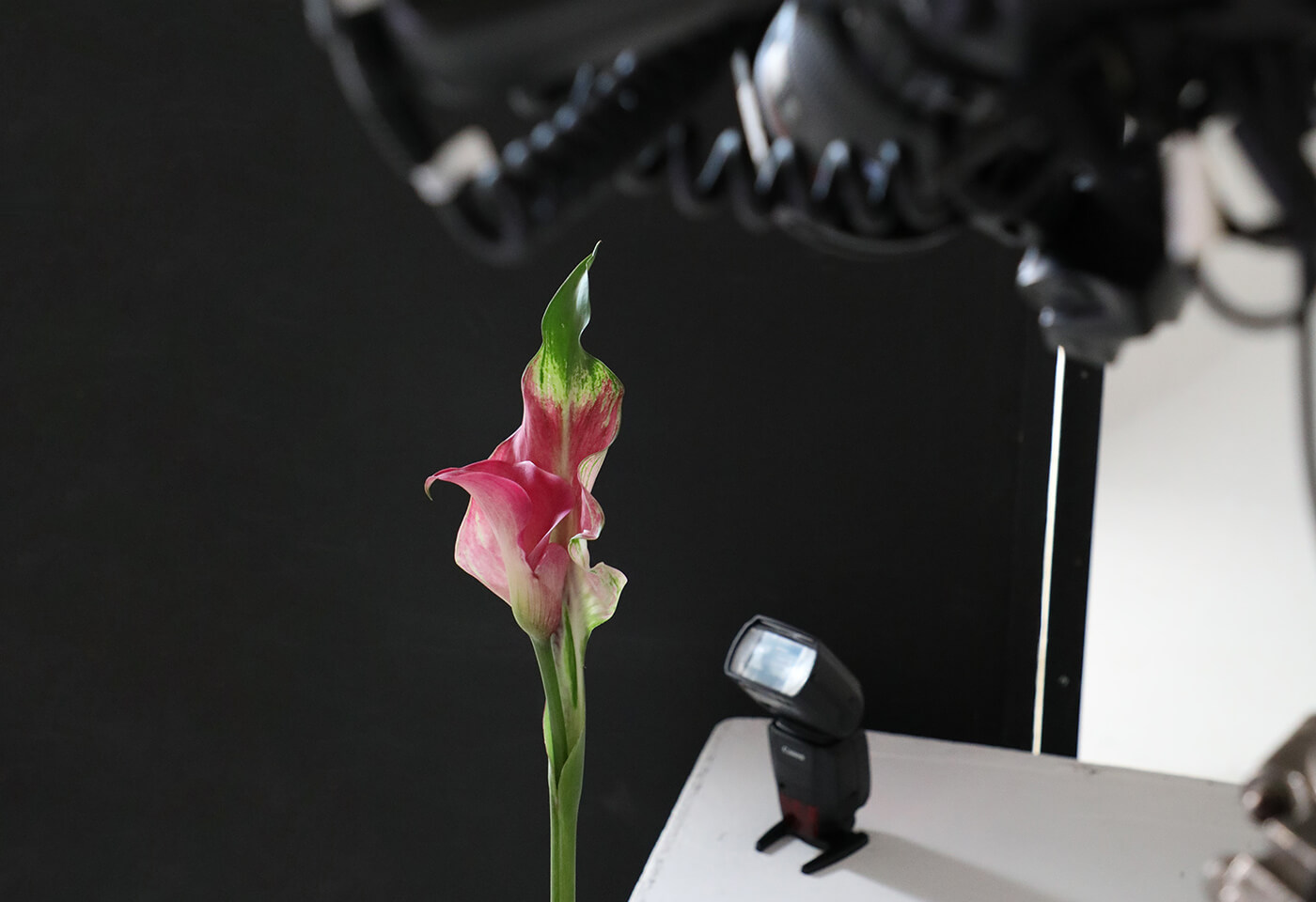

Flexibility to adjust the angle, direction and intensity of lighting output enables photographers to achieve natural lighting across the scene

One or both of the macro flash heads can be removed from the ring to light the area behind the subject for a range of different shooting options

Radio transmission enables sophisticated control of up to 15 slave units enabling even greater lighting options

Eliminate motion blur emphasize the subject against soft background blur with flash shooting at shutter speeds up to 1/8000 sec


Learn the fundamentals of photography composition with tips on rule of thirds, leading lines, framing, negative space, and more. Community-contributed insights to elevate your shots.

Learn how to capture the night sky with astrophotography tips from Mel White – from dark sky planning to camera settings, gear, and editing.

Compare the Canon EOS R6 Mark III, R6 Mark II and R5 Mark II to find out which camera best suits your shooting style, budget and creative workflow. Explore differences in design, image quality, autofocus and video performance.

Learn the main differences between Mirrorless and DSLR cameras in this article. Find out which camera's best for you!

How to Edit Your First Video in Premiere Pro (Beginner Guide)

Discover how travel photographer TK North captures compelling images with these six photography tips. Learn how the Canon EOS R6 Mark III helps him travel light, stay creative, and shoot anywhere with confidence.

Videographer Trystin Sinnott shares his top tips for shooting cinematic video in natural light using the compact Canon EOS C50.
91.1mm x 232.2mm
Yes
Yes, with detection switch
Dot matrix LCD (3 colours)
Yes (optional CP-E4N)
58mm
Approx 65°
Approx 65°
White LED with time and brightness adjustment
26
Four AA/LR6 batteries
5.5 secs (In body), 2.5 secs (External)
5 groups. Max 15 units